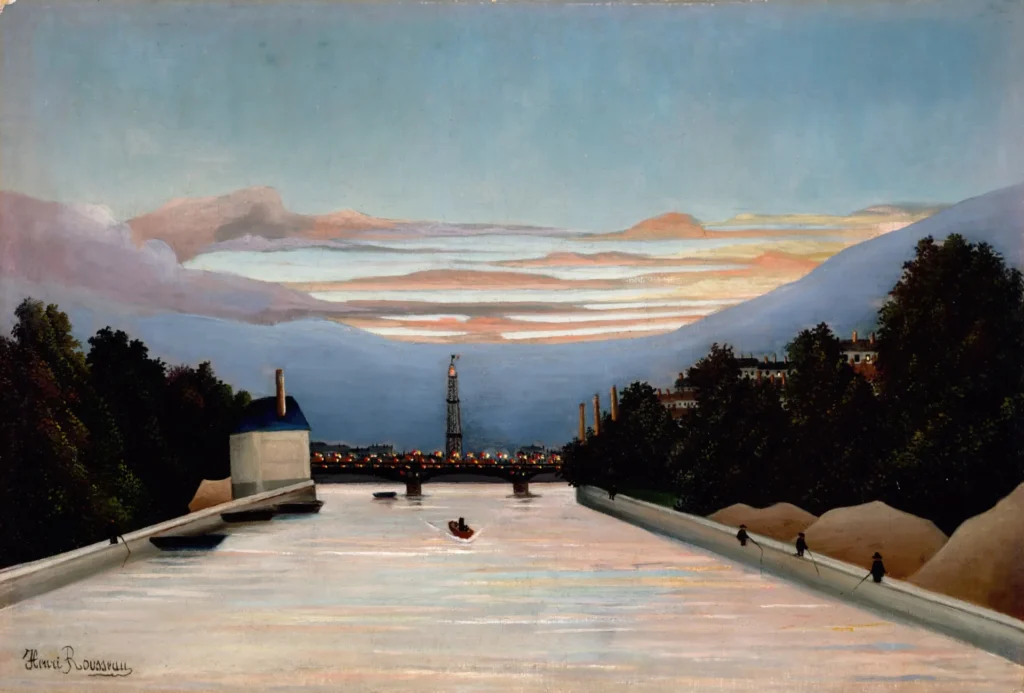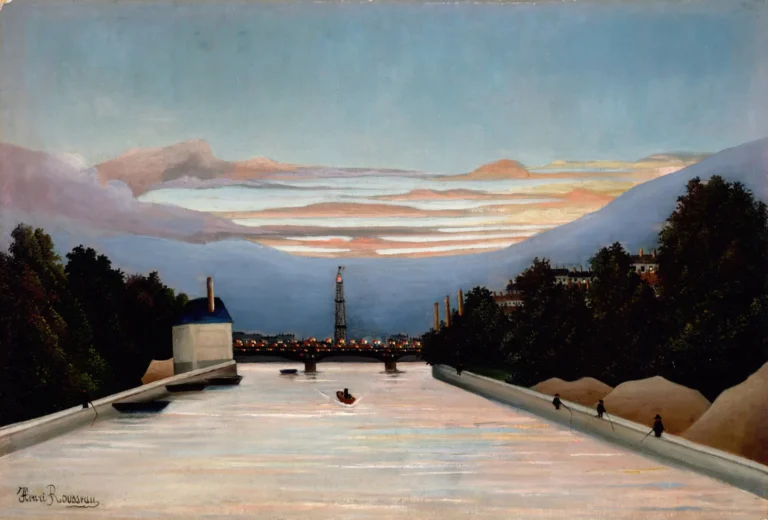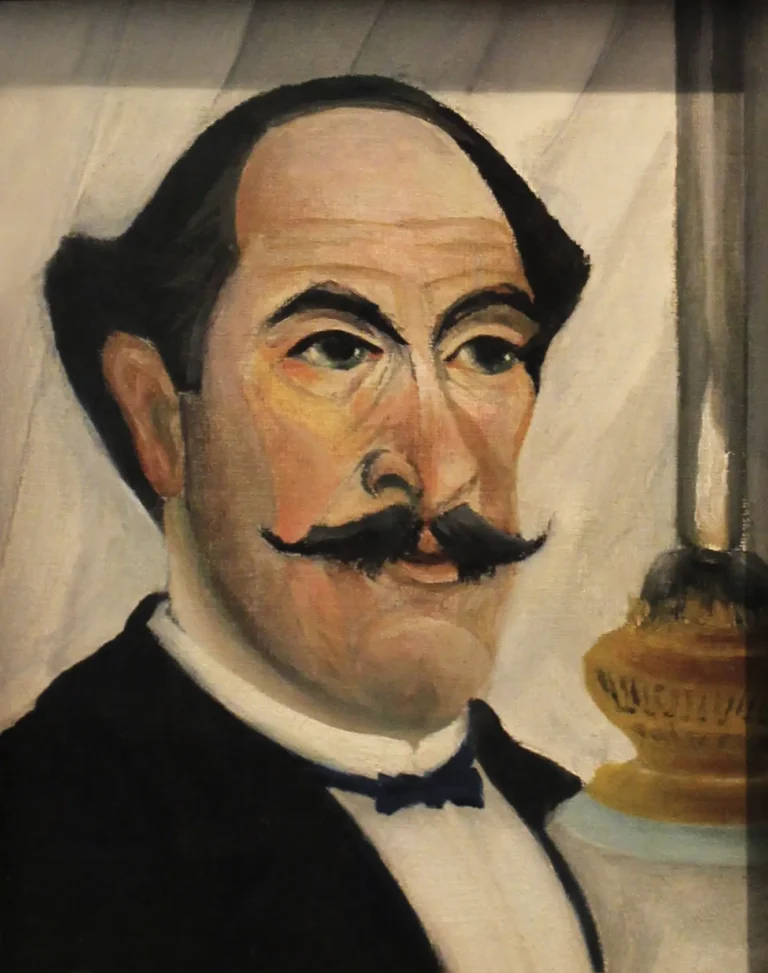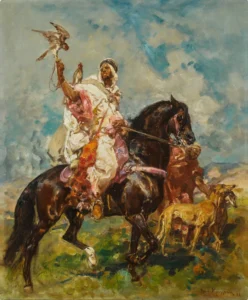The Eiffel Tower (1898)
Created around 1898, The Eiffel Tower is a mesmerizing oil painting by Henri Rousseau that showcases his distinctive Naïve Art or Primitivism style. Measuring 77.2 x 52.4 cm, the painting depicts the iconic landmark with a sense of innocence and simplicity characteristic of Rousseau's oeuvre. Despite being a self-taught artist who faced initial skepticism, Rousseau's work has gained immense recognition, influencing countless artists and securing a celebrated spot in the Museum of Fine Arts Houston.
Year 1898
About the Artwork
Henri Rousseau, affectionately known as Le Douanier, faced considerable skepticism from art critics throughout his life as a self-taught painter. However, his passion for art shone through, particularly in The Eiffel Tower. which he created during an era when Paris was enchanting the world with its avant-garde vibrance. Rousseau's unique approach embraces naive perspective and bold colors, diverging from traditional artistic conventions. This particular painting serves not only as an homage to Paris and its architectural marvel but also reflects his personal journey from obscurity to acclaim as he gained recognition from leading artists like Pablo Picasso. The piece now rests in the Museum of Fine Arts Houston, forever entwining Rousseau's legacy with one of the world's most notorious landmarks.
Did You Know
Henri Rousseau, unlike many of his contemporaries, did not formally train in art. He began painting in earnest when he was in his forties, and his unique perspective and style led to an unconventional, yet celebrated, place in art history.
Rousseau’s naive style became a significant influence on later modern artists, including Pablo Picasso and Henri Matisse, who admired his originality and the child-like simplicity of his work, helping to shape the course of 20th-century art.
The Eiffel Tower, which Rousseau painted, was completed in 1889 and stood as a revolutionary achievement in architecture, representing Parisian culture. Its depiction in art by Rousseau reflects not only a personal rendition but also the tower’s cultural significance during Rousseau’s time.










